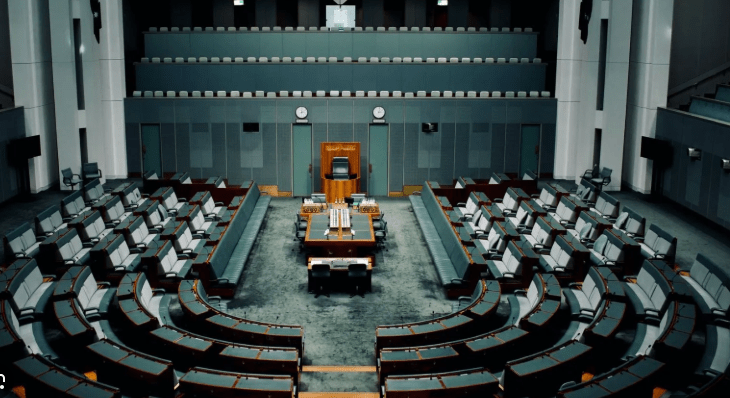The money in the crypto market has never come from the wind—but this time, Binance's airdrop may really blow the money back!
Recently, Binance Alpha made a big move: giving away 1000 FIR tokens for free! It sounds like falling pie from the sky, but seasoned investors know that there’s no free lunch in the crypto world, only the trap of 'free entry, high-price harvesting'. Today, Qingyao will discuss this matter in 'plain language': can we really dive in?

1. What exactly is Binance’s operation—giving out candy or laying a mine?
Let's start with a real case: Last year, a certain exchange airdropped a new coin, and retail investors flocked in. The token skyrocketed five times within three days, but on the fourth day, the project team directly dumped it, causing the price to plummet and plummet again. Many people cried as they cut their losses and left. History does not repeat itself, but it does rhyme—this time with the FIR airdrop, even though Binance didn't directly take your money, it requires you to stake BNB or stablecoins, which is equivalent to using your money to make money. In the end, if the token rises, they earn fees; if it falls, you bear the risk. But don’t rush to criticize it as a “trap”; opportunities do exist. Refer to Binance's previous airdrop cases, such as CELO and HOOK, where the average increase after launch exceeded 200%. Early participants were indeed able to profit. The key is how you play: participate with spare money, set profit-taking lines, and don’t be the one left holding the bag.
2. The knife of regulation is scarier than Binance's candy!
Recently, the U.S. SEC has been aggressive—today checking stablecoins, tomorrow penalizing exchanges. The mention of 'digital dollars replacing private stablecoins' is not just a scare tactic—if the FIR token gets targeted by the SEC and is labeled as 'unregistered securities', Binance may face hefty fines, and your airdrop tokens could turn to worthless paper in an instant. More realistically, the digital dollar CBDC is on its way. Once the Federal Reserve launches its own cryptocurrency, platforms like Binance may be marginalized, just like Alipay disrupted banks back in the day. Jumping in at that time is like dancing on the policy tightrope, making money on the edge of a knife.

3. Retail investors' three survival strategies: read this before taking action.
1. You can participate in airdrops, but don’t go all in. Use less than 5% of your assets to stake, and cash out immediately if you make a 30% profit. Remember: securing profits is real gain; unrealized gains are just numbers.
2. Keep an eye on the Federal Reserve's September decision; policy is more important than price charts. If the Federal Reserve announces a CBDC pilot, immediately exchange FIR tokens for BTC or ETH—only these 'hard currencies' can withstand policy storms.
3. Buy into the RWA track to hedge against regulatory risks. Projects like MKR and ONDO, which bring real assets onto the blockchain, have recently risen 30% against the trend. Put some of the money earned from airdrops into these, which can both hedge risks and earn dividends from traditional capital.
Is Binance's airdrop a chance to get rich or a harvesting trap? The answer may lie in the Federal Reserve's meeting room in September. In the next issue, Qingyao will deeply analyze the technical loopholes of the FIR token and teach you how to identify a 'real airdrop' or 'false welfare'! Follow me, and I will guide you through the fog of the crypto world, focusing only on certain profits! #ETH巨鲸增持



